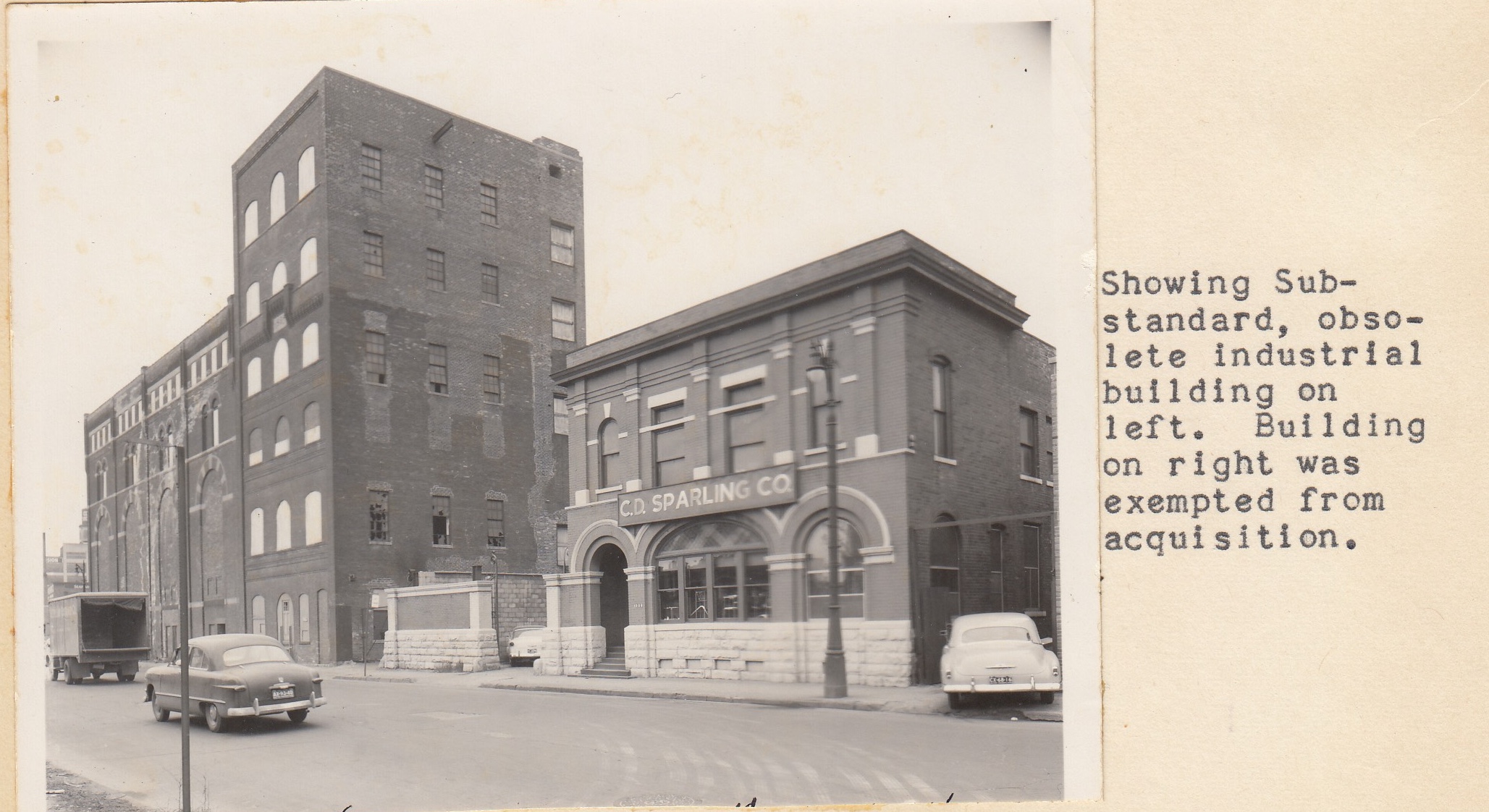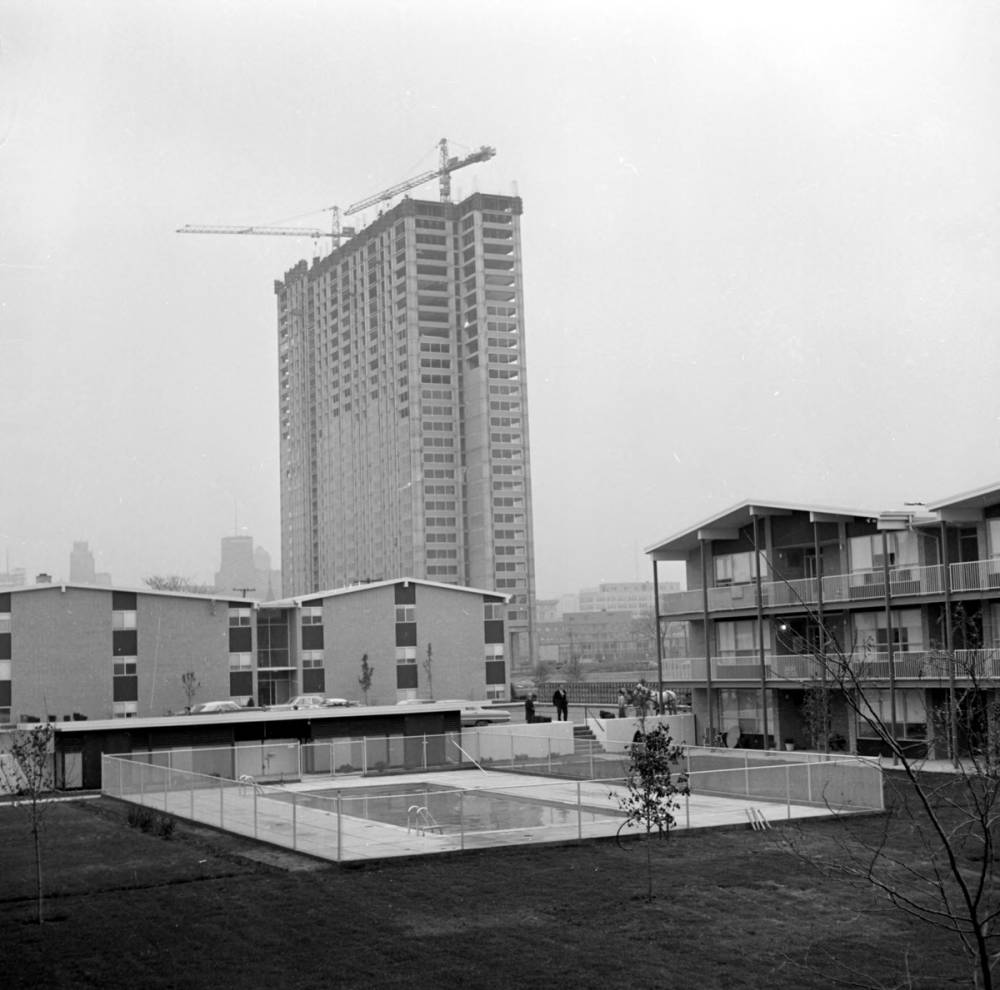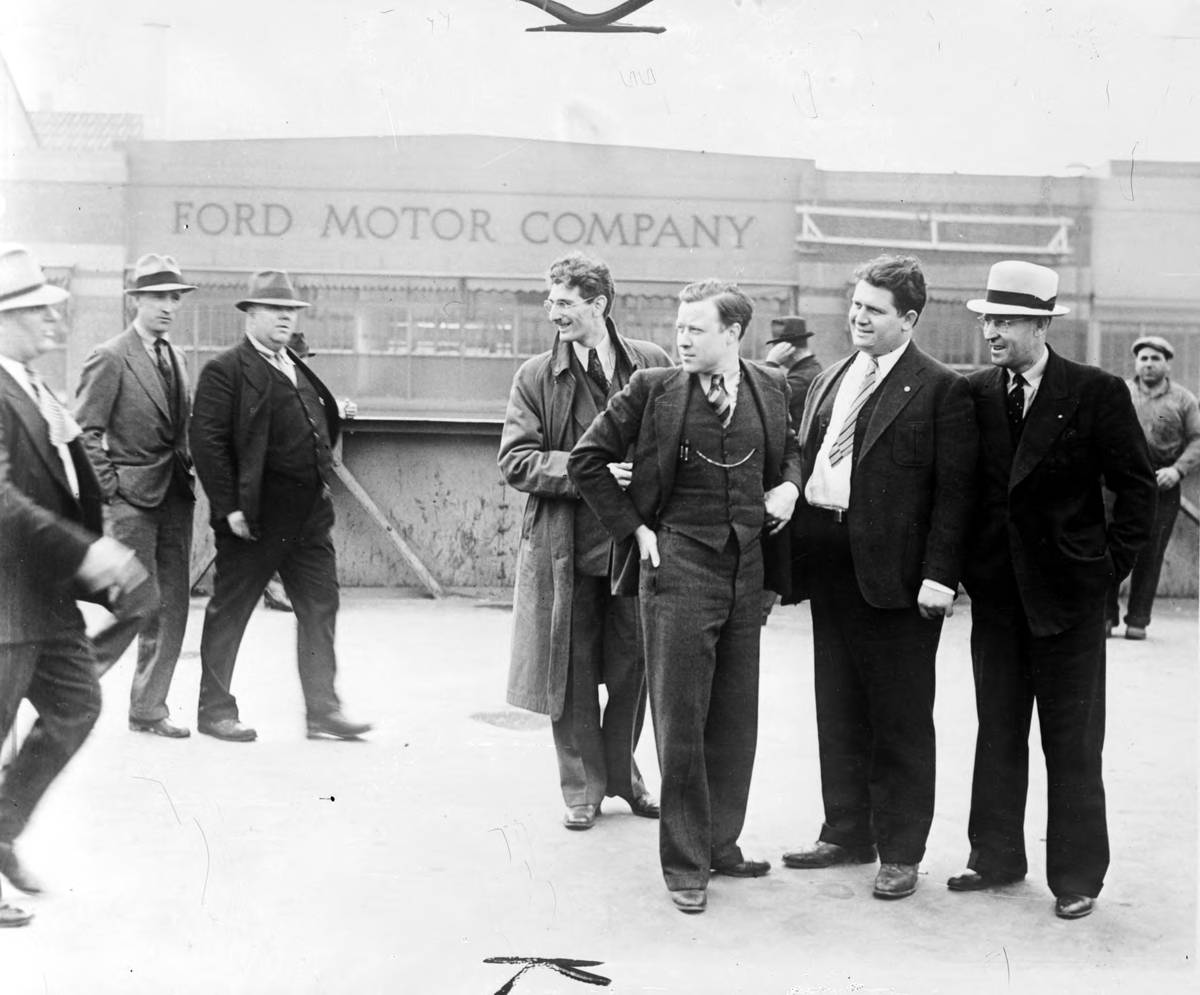Lessons 2024
Item set
- Title
-
Lessons 2024
Items
3 items
-
Did Urban Renewal in Detroit Succeed? Built by Bryan Furgal
Supporting Questions: What issues of housing and infrastructure did the city of Detroit face in the post-WW2 era? What were the policy methods and goals of city officials in addressing urban planning issues? What were the outcomes of Detroit’s Urban Renewal Programs? This inquiry leads students through an investigation of government planning in the United States after World War II. The Inquiry leads students to examine the role of government planning in shaping the communities around us, and asks them to consider the long term impacts that policy decisions decades ago can have in pre-determining social and economic outcomes in the present day. Through use of government planning documents, students will have the opportunity to evaluate for themselves the conditions within the City of Detroit during the 1950s and identify key areas of concern among community members and city officials. Note: This inquiry is intended to be used as part of a larger unit on post-war issues within the United States. The inquiry is expected to take three or four 50-minute class periods, with additional time as needed for student research projects. The inquiry time frame could expand if teachers think their students need additional instructional experiences (e.g., supporting questions, formative performance tasks, featured sources, writing). Teachers are encouraged to adapt the inquiry to meet the needs and interests of their students. This inquiry lends itself to differentiation and modeling of historical thinking skills while assisting students in reading the variety of sources. -
Unit Plan - Black Bottom and Paradise Valley, Where did they Go?
This unit plan talks about the Black Bottom and Paradise Valley neighborhoods in Detroit, including what they are, where they were, what happened to them, and the thoughts and attitudes of the people that lived there when they had to move. There are lots of hands-on activities included, an interview project, and a field trip and we include many books and websites to use as well. There are lots of social studies standards and different aspects of social studies are also covered. After completing this unit, students will have a real understanding of the Black Bottom and Paradise Valley neighborhoods, why they are so significant, and why they should know about them. -
United Auto Workers - Integrated Curriculum Plan
The “United Auto Workers” unit helps students investigate the conditions and events that led up to creation of the United Auto Workers Union. Students will explore the topic and research inequality, injustice, and human rights issues that can and have existed in the workplace throughout history. Students will also get the chance to examine the power of advocacy through art during a field trip to view Diego Rivera’s “Detroit Industry” murals that are on display at the Detroit Institute of Art. To achieve these objectives this unit’s lessons take a cross-curricular approach which incorporates language arts, geography, math, and the arts. The unit will close with a creative showcase in which students will have the chance to share their work and knowledge with their nested communities. Rationale for the Unit: The formation of the United Auto Workers Union is a key turning point in the history of Michigan’s labor movement. This was not only a pivotal moment in Michigan’s history, but it emerged out of the Greater Detroit Area. Students in fifth grade are at a stage where they are capable of identifying injustice and inequality in society. This unit creates a forum for exploration and discussion of how injustice has fueled the formation of equity seeking groups in the Greater Detroit Area, i.e. the United Auto Workers Union. Hopefully students will emerge from this unit feeling empowered by the stories of local community members who came together to overcome iniquity and fight for their rights as workers. As students develop higher-level critical thinking, they also will hone skills in analyzing primary source documents and deducing meaning from them. Throughout this unit, students will begin to sense a connection to the cultural and political past of their city. Understanding this sense of historical influence can have profound effects on how the students see their city today. Students will engage in three projects over the course of this unit that employ written, visual, and speaking skills. As all students thrive with different learning styles, each student will choose one project to present to the class to illustrate their learning.


